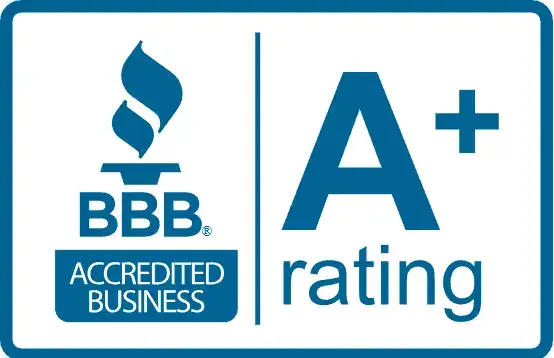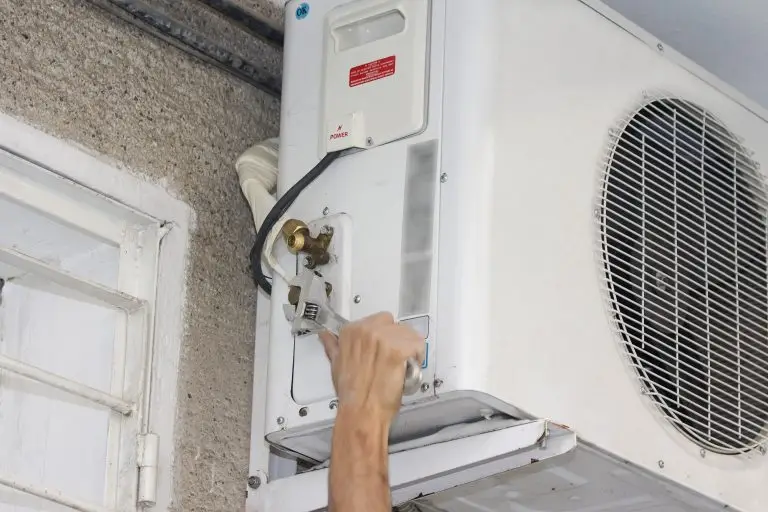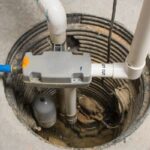Garage Heating
When it comes to garage heating the first thing to ask is are walls and ceiling insulated? Insulated garage door is a must. You can get a garage door insulation kit if needed. And of course plug all air gaps. And if an attached garage, good insulation may be all you need to keep the space above freezing for paint cans, gardening, tools and workshop.
Types of Garage Heaters:
- Unit Heaters: As you mentioned, these are a popular option for garages. They are typically mounted on the ceiling or wall and use natural gas, propane, or electricity.
- Radiant Heaters: These heaters work by heating objects directly, rather than the air. They are a good option for spot heating or for people who spend a lot of time working on the floor of their garage.
- Forced Air Heaters: These heaters work by blowing heated air through the garage. They are a good option for evenly heating a large space.
Choosing a Garage Heater:
- Size of the Garage: You will need a heater with enough BTUs (British Thermal Units) to heat your garage adequately. A rule of thumb is 1 BTU per square foot for a well-insulated garage and 1.5 BTUs per square foot for a poorly insulated garage.
- Fuel Source: Natural gas and propane are typically the most cost-effective fuels, but electric heaters may be a better option if you don’t have access to these fuels.
- Insulation: Key to keeping your garage warm and reducing heating costs.
- Ventilation: Especially with gas or propane heaters, make sure your garage has proper ventilation to avoid carbon monoxide poisoning.
Safety:
- Never use a space heater that is not designed for garage use.
- Make sure your heater is properly installed and maintained.
- Keep flammable materials away from your heater.
Additional Tips:
- Insulated Garage Door: Insulated garage door is a great way to improve the efficiency of your garage heater.
- Programmable Thermostat: A programmable thermostat can help you save money on heating costs by only heating your garage when you need it.
- Weatherstripping: Seal any air gaps around windows, doors, and other openings in your garage.
By following these tips, you can choose the right garage heater for your needs and keep your garage warm and comfortable all winter long. PDM Heating Since 1885 can offer you a free estimate.
Garage Unit Heating Choices
Unit heaters can include: radiant heating, infrared heating, electric heater or gas furnace. Many heaters can have a remote control thermostat to make life easier.
- True quiet radiant hydronic or electric radiant heating ceiling panels is a good garage heating solution.
- An infrared garage or shop unit heater focuses the heat on people or work areas. Indirectly the infrared heating warms the surrounding air and highly efficient, but more expensive. Provides consistent, steady warmth without a fan.
- Electric garage heater for powerful output in garage, work space, basement. Mount on the ceiling or where you like. Can have thermostat to set temperature. Some models come with adjustable louvers to direct heat where you want it. Can be expensive for quieter fan and more options or budget-friendly with a louder fan, less power and fewer options.
- Gas garage furnace. Unit heaters built-in electric fan pulls cool air into the heater rear then over a heat exchanger, forcing hot air into the garage. Common garage furnace heater can be 30,000 to 75,000 Btuh with 80+% efficiency to hold off the chilliest of winters. Proper venting is required in the roof or out a wall
- Ductless mini split electric system can be a nice option but more costly.
How many Btu to heat 2 car garage. Of course how well your garage is insulated can change your heating system. 45,000 Btu furnace can be a starting point.
Garage Heating Installation
When its cold outside, PDM brings the heat.
For 139 years we’ve delivered reliable unit heaters to our customers. If you need help with garage heating, call PDM Plumbing, Heating, Cooling Since 1885.
You’ll get honest solutions and top-notch craftsmanship to keep you safe and comfortable. Serving Joliet, New Lenox, Plainfield, Bolingbrook and SW Chicago Suburbs. Cal 815-390-7095.






